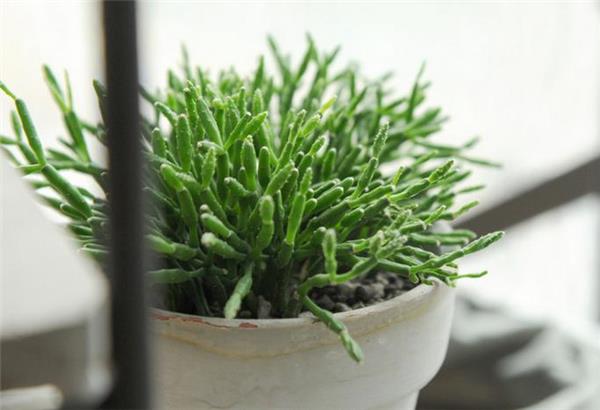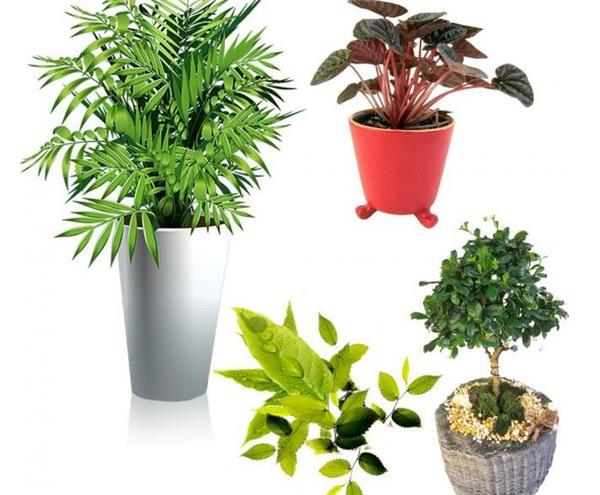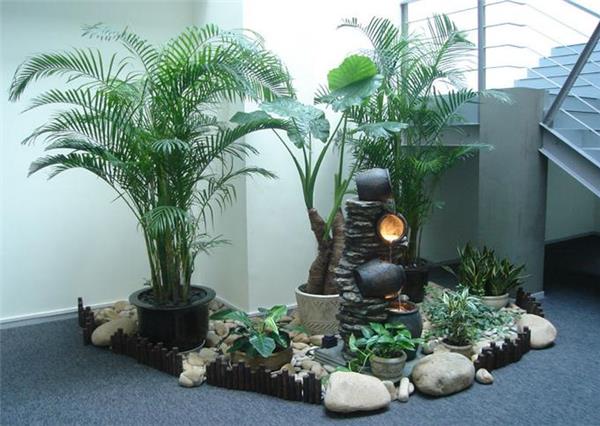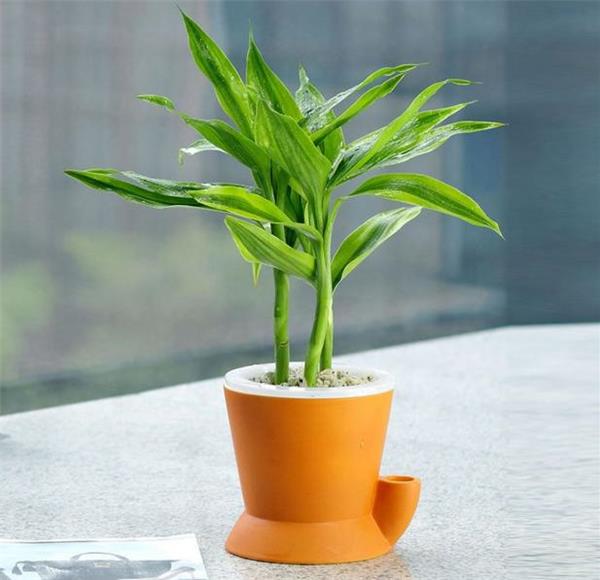Methods of indoor plant culture and matters needing attention
Now, with the improvement of the quality of life, people pay more and more attention to their living environment. Most people like to plant some flowers and other plants indoors, which can not only clean the air, but also be used for decoration or ornament. But do you know how to grow indoor plants? This article will introduce the methods and matters needing attention of indoor plant culture.

Methods of indoor plant culture
Soil for indoor plant culture methods:
When most indoor plants are cultivated, they can choose to mix garden soil, peat soil, rotten leaf soil and sand into loose and fertile basin soil; for plants that can be hydroponically cultivated, they can choose hydroponic culture, such as daffodils, rich bamboo, green pineapple, and so on.
Moisture of indoor plant culture methods:
For plants, water is very important, and many people die of their own indoor plants because of improper watering. Because indoor plants live in an environment with low light, they grow relatively slowly, so they must be watered properly, preferring less watering rather than overwatering, grasp the principle of "watering until dry, watering thoroughly", and appropriate more watering in spring and summer. Do not water sporadically or too much.
Light temperature of indoor plant culture methods:
There are many kinds of indoor plants, so it is necessary to make a distinction. For shady foliage plants, they can grow in a low-light indoor environment for a long time, while some indoor plants that like sunshine, such as azaleas, roses, pomegranates, chrysanthemums, and so on, need to be placed in sunny places regularly, but pay attention to avoid direct sunlight. Most indoor plants are afraid of lower temperatures, so pay attention to keeping room temperature in winter, not too low.
Fertilization of indoor plant culture methods:
Indoor plant culture, if not fertilized for a long time, will cause the phenomenon of yellow leaves; too much fertilization, potted plants can not absorb the root system burn, so the amount of indoor plant fertilization must be controlled. Thin fertilizer is usually applied every other week in summer and autumn to avoid excessive use of thick fertilizer. Foliage and summer flowering plants are fertilized in summer and early autumn, while winter flowering plants are fertilized in late autumn and spring. Remember to loosen the soil before fertilization.

Besides. You should also pay attention to the following:
1. The air is dry. When the indoor air is too dry, flowers often appear leaf tip dryness or leaf edge scorching and other phenomena. Attention should be paid to water spraying, covering plastic film cover and other methods to increase air humidity.
2. Excessive fertilization. If you fertilize too much, the new leaves will be thick, and the old leaves will be rugged, and the dry tips of the old leaves will fall off. You should immediately stop fertilization, increase the amount of water exchange, make the fertilizer lose, or immediately pour the pot, rinse the bulb root with water and then plant it again into the basin.
3. Hot and hot. If the flowers are placed in a high temperature place to let the strong light shine directly, it is very easy to cause the young leaf tip and leaf edge to scorch, or the leaf yellow to fall off. Move to a well-ventilated shady place in time.
4. Excessive shade. If the flowers are kept in shade or in a place with insufficient light for a long time, it will cause the branches and leaves to turn yellow.
5. whether it is airtight or not. If too much nitrogen fertilizer is applied, the branches and leaves will grow luxuriantly, coupled with the long-term unpruned, resulting in insufficient light in the inner chamber branches and leaves, which is easy to cause the leaves to yellowing and falling off. Reasonable fertilization should be applied and pruning should be strengthened to make it ventilated and transparent.

At the end of the article, we introduce three kinds of indoor plants and breeding methods.
African jasmine of indoor plants
Jasmine, small and delicate flower bone flower, fresh and elegant aroma, is the reason why many people like him. The volatile oil produced by African jasmine has a significant bactericidal effect, and its fresh aroma relaxes people, thus contributing to sleep.
Breeding skills: African jasmine grows well in a warm climate, with a suitable growth temperature of 18 ℃ to 32 ℃ and plenty of water, so pay attention to watering during the dry season.
The hanging orchid of indoor plants:
The shape of the orchid is unique and can be hung on the wall as an ornament. Not only can the orchid absorb 95% carbon monoxide and 85% formaldehyde in the air. And photosynthesis is carried out in weak light to absorb toxic and harmful gases in the air, and a pot of orchids in a room of 8 square meters is equivalent to an air purifier, so the orchid is also known as the green purification of indoor air.
Breeding skills: indoor shade, prevent sun exposure, extensive management, water thoroughly after the soil is dried, and rotten rice washing water can also be poured every few days.
The rich bamboo of indoor plants
Rich bamboo perennial evergreen grass, like shade and wet, erect stem, exquisite plant, long lanceolate leaves, thick green leaves, strong growth, hydroponic easy to live. Rich bamboo evergreen in winter and summer, regardless of dish planting or cutting stem bottle to raise or process into "open bamboo", "curved bamboo", all appear sparse and noble, delicate stems and leaves, soft and elegant, chic posture, rich bamboo rhyme, high ornamental value.
Aquaculture skills: it is not suitable to change water after rooting, water should be added in time and irregular fertilization should be applied after water evaporation is reduced.

This is the end of the introduction of indoor plant culture methods and matters needing attention today. I hope this article can help you all!
After the reduction of water evaporation, it is necessary to add water in time and fertilize irregularly.

This is the end of the introduction of indoor plant culture methods and matters needing attention today. I hope this article can help you all!
Related
- Wuhan Hospital Iron Tree Blooming Result Was Instantly Frightened by the Gardener Master
- Which variety of camellia is the most fragrant and best? Which one do you like best?
- What is the small blue coat, the breeding methods and matters needing attention of the succulent plant
- Dormancy time and maintenance management of succulent plants during dormancy
- Minas succulent how to raise, Minas succulent plant pictures
- What are the varieties of winter succulent plants
- How to raise succulent plants in twelve rolls? let's take a look at some experience of breeding twelve rolls.
- Attention should be paid to water control for succulent plants during dormant period (winter and summer)
- Watering experience of twelve rolls of succulent plants
- Techniques for fertilizing succulent plants. An article will let you know how to fertilize succulent plants.



